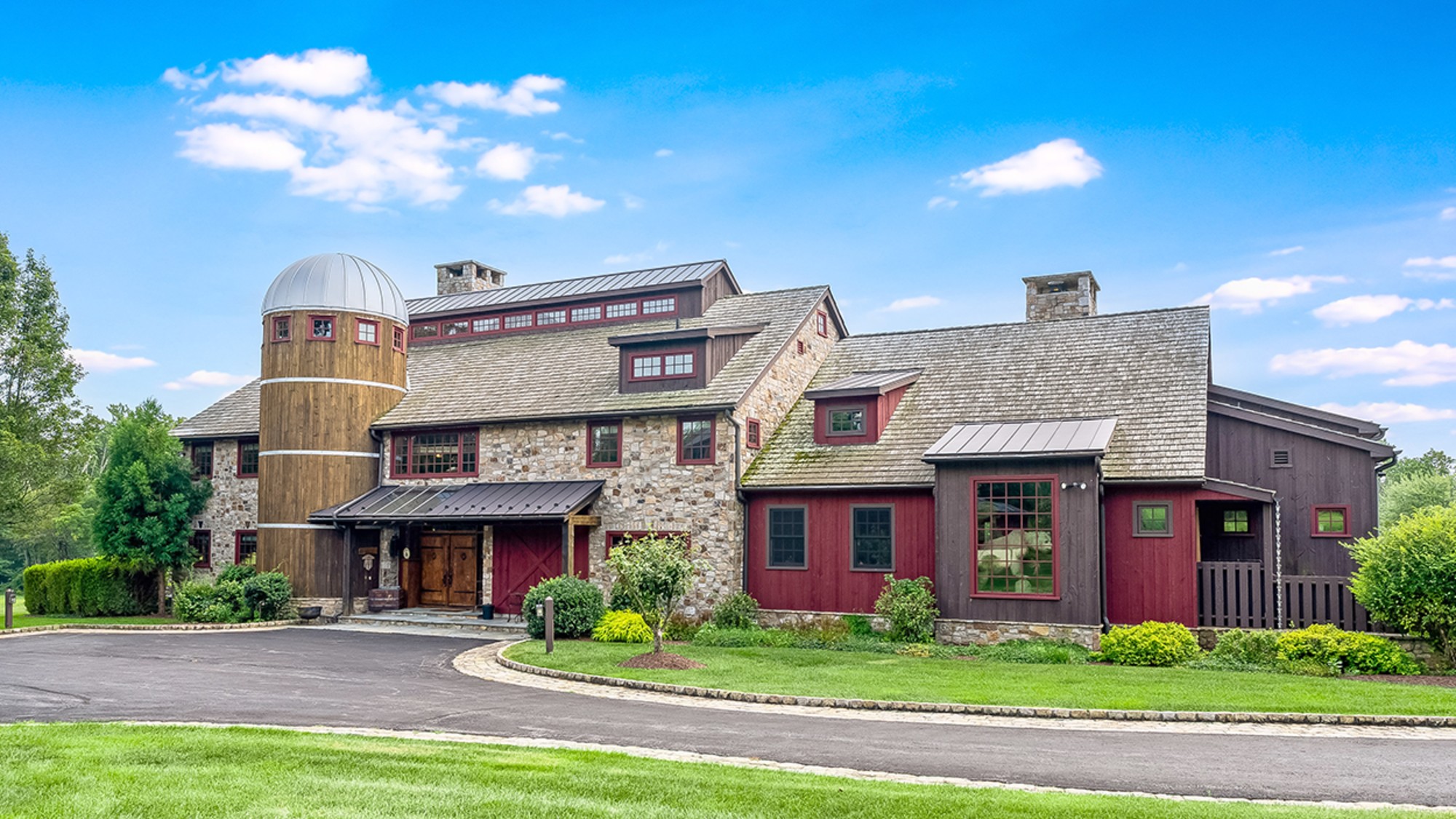Briefing: Hard times for the Dalai Lama
Who is the Dalai Lama? He is the exiled head of state and religious leader of the 6 million Tibetans, as well as spiritual torchbearer to 8 million Buddhists around the world who adhere to his branch of Buddhism. Considered the 14th reincarnation of Chenr
With tensions in Tibet rising amid a Chinese crackdown, the Tibetan leader is being criticized as both an instigator and an appeaser. What role will he play in Tibet’s future?
Who is the Dalai Lama?
He is the exiled head of state and religious leader of the 6 million Tibetans, as well as spiritual torchbearer to 8 million Buddhists around the world who adhere to his branch of Buddhism. Considered the 14th reincarnation of Chenrezig, the Buddha of Compassion, he is part of a chain that stretches back more than 600 years. His official title is Jetsun Jamphel Ngawang Lobsang Yeshe Tenzin Gyatso (Holy Lord, Gentle Glory, Eloquent, Compassionate, Learned Defender of the Faith, Ocean of Wisdom). Yet he calls himself “a simple monk.”
The Week
Escape your echo chamber. Get the facts behind the news, plus analysis from multiple perspectives.

Sign up for The Week's Free Newsletters
From our morning news briefing to a weekly Good News Newsletter, get the best of The Week delivered directly to your inbox.
From our morning news briefing to a weekly Good News Newsletter, get the best of The Week delivered directly to your inbox.
How did he get to be Dalai Lama?
It was an unlikely journey. He was born Lhamo Dhondup in 1935 to a peasant family in the Tibetan village of Taktser. When he was just 2 years old, a delegation of Tibetan spiritual leaders called lamas arrived in his village, declaring that a prophecy had led them there. Soon, they were drawn to young Lhamo, whom they felt might be the living manifestation of the recently deceased 13th Dalai Lama. They established this to their satisfaction by presenting him with several of their late leader’s possessions, along with some authentic-looking replicas. The boy, the lamas said, unhesitatingly picked out all the genuine articles. Buddhists say he also bore eight distinguishing physical marks, including tiger-like stripes on his legs. The joyous lamas soon installed him in the 1,000-room Potala Palace, in the capital city of Lhasa, where he was schooled in many disciplines, including medicine and metaphysics.
How did he become a world figure?
When China invaded Tibet in 1950 and occupied two of its eastern provinces, the Dalai Lama—though only 15—was invested with full powers as head of state. For the next nine years, he negotiated with Beijing to try to somehow maintain Tibet’s national integrity. But when Tibetans launched a major uprising in 1959, the violence gave China an excuse to complete its takeover. The Dalai Lama and 100,000 followers fled on horseback and, after 46 days, made it over the Himalayas and into India. Ever since, though no government recognizes his authority, he has led an international movement to end the brutal Chinese occupation, which over the years has killed some 1 million Tibetans. Some human-rights activists consider him a moral leader on a par with Mahatma Gandhi.
A free daily email with the biggest news stories of the day – and the best features from TheWeek.com
Why is he so popular?
In part, it’s due to his compelling message of peace, tolerance, and love. But he also has become an international celebrity on the strength of his personal charm and willingness to embrace modern culture if it helps his cause. He is no doubt the only person ever to have won the Nobel Peace Prize and guest-edited French Vogue. Recently, he’s provided help to Western scientists researching the effect of meditation on the brain. In person, the Dalai Lama is disarming and humble, often greeting visitors with a cheerful, “What would you like to talk about?” He also has a puckish sense of humor (“I think a real precise answer is, ‘I don’t know,’” he once told a questioner), and he revels in his own human foibles. He admits he’s lazy, loves such material objects as watch straps and prayer beads, and despite his celibacy, is known to have an eye for the ladies.
Is he universally admired?
Hardly. China says he’s a “wolf in a monk’s robe, a monster with a human face but the heart of a beast.” Beijing even accuses him of orchestrating the recent rioting in Tibet, a charge he vehemently denies; in fact, he has threatened to step down as Dalai Lama if his countrymen continue to resort to violence. Nor is he unconditionally revered in the West. He has been criticized in some quarters for his opposition to gay marriage and for his belief that homosexuality and masturbation are sinful. He also has drawn fire for his cultivation of celebrity acolytes such as Richard Gere and Uma Thurman; critics say they serve to cast an ancient religion as just another New Age craze. But his most important detractors may be among the Tibetans themselves.
Why would that be?
Many younger Tibetans have embraced a more militant brand of opposition to Chinese rule, and they are growing impatient with the Dalai Lama’s message of nonviolence. “The reverence for him is perhaps equal to the discontent,” said Robbie Barnett, a Tibet scholar at Columbia University, “and the discontent is reaching a fever pitch.” The primary point of contention is the emotionally charged question of independence. The Dalai Lama does not support outright independence for Tibet, calling instead for “meaningful” self-rule. But this so-called middle way is increasingly unpopular. “Nobody takes the middle way seriously anymore,” said Tibetan writer Jamyang Norbu. “This is not nonviolence. It is appeasement.”
How does the Dalai Lama respond?
He counsels patience. The Dalai Lama still believes that given time and mutual cooperation, Tibet and China will reach an understanding. But now 72, he has acknowledged that Tibetan self-rule may not return in his earthly lifetime. And perhaps befitting somebody whose soul is said to have lived through six centuries in various incarnations, he takes the long view. “It’s been 50 years,” he said recently, reflecting on his exile. “Fifty years turn an infant into a gray-haired man. But for changes in the sociopolitical environment, 50 years is like half an hour.”
A day in his life
The Dalai Lama spends several months a year traveling the world, meeting with national leaders and addressing huge crowds. But when not globe-trotting, he lives modestly in Dharamsala, India, in the snow-capped foothills of the Himalayas. His operational base is the airy, three-story Namgyal Temple, but his actual living quarters are in a sparsely furnished white stucco house located nearby along a bamboo-lined path. Rising most mornings at 3:30, he prays and then rides an exercise bike. At 5 a.m., he breakfasts on tsampa (barley porridge) and listens to the BBC. The rest of his day is spent meditating, receiving visitors, tending his garden, tinkering with appliances, and feeding birds. He also likes to read, especially encyclopedias, picture books about World War II, and anything about neuroplasticity, or how the brain rewires itself. (Studies have shown that frequent meditation actually transforms the physical brain.) He’s usually asleep by 8:30 p.m. His primary aim, he explains, is to maintain emotional equilibrium. “Ups and downs,” he says, “are not good.”
-
 6 lovely barn homes
6 lovely barn homesFeature Featuring a New Jersey homestead on 63 acres and California property with a silo watchtower
-
 Film reviews: ‘Marty Supreme’ and ‘Is This Thing On?’
Film reviews: ‘Marty Supreme’ and ‘Is This Thing On?’Feature A born grifter chases his table tennis dreams and a dad turns to stand-up to fight off heartbreak
-
 Political cartoons for December 14
Political cartoons for December 14Cartoons Sunday's political cartoons include a new White House flag, Venezuela negotiations, and more